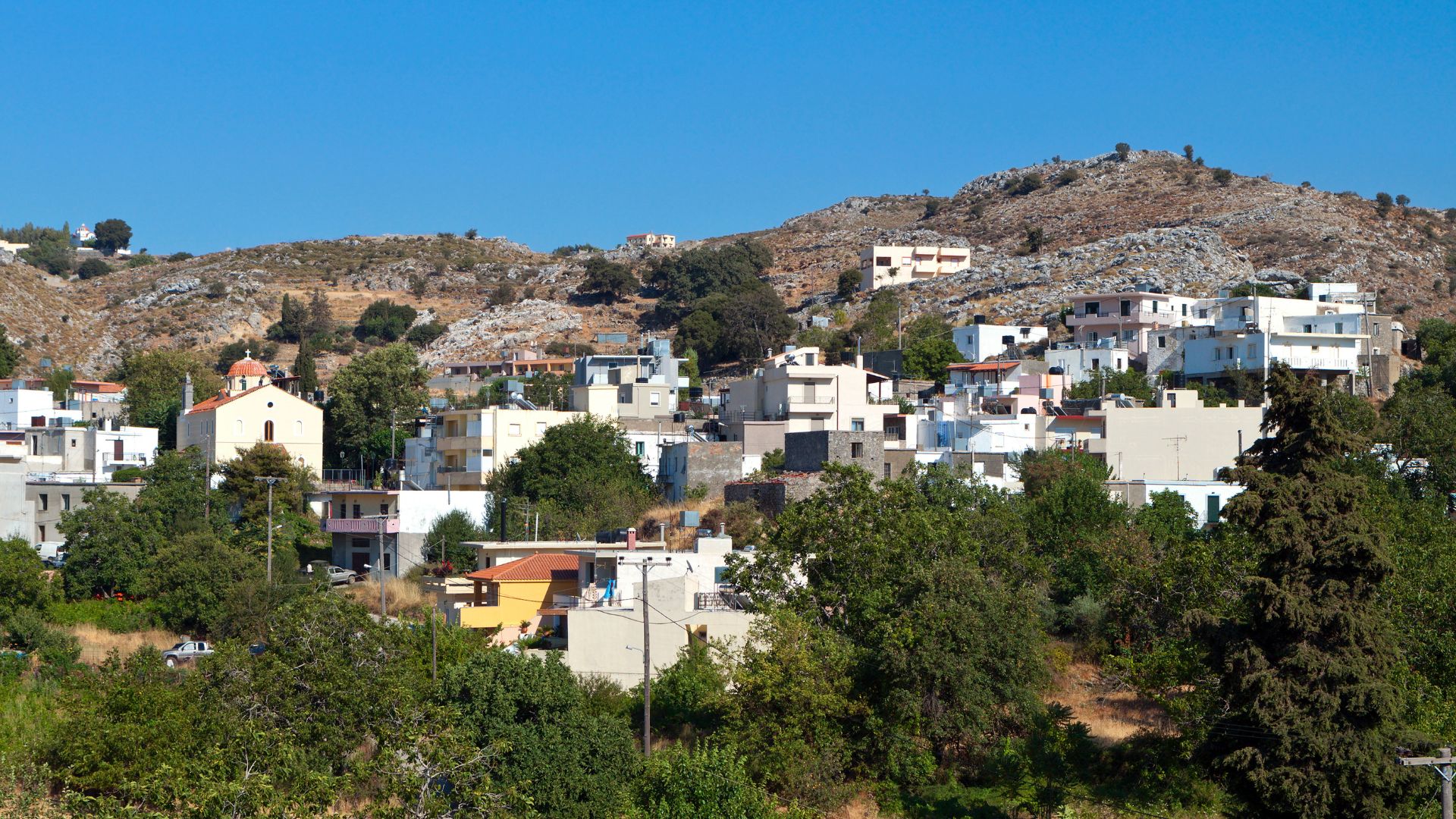High up on the slopes of Mount Psiloritis, Anogeia sits apart from the rest of Crete. Stone houses and winding streets give the place a character all its own.
Lively music drifts from open doors, echoing the deep soul of Greece’s mountain traditions. I felt myself pulled into Anogeia’s strong sense of identity, shaped by generations who’ve fiercely guarded their cultural roots.
From my first step into the village square, people welcomed me like an old friend. Locals made it clear: you’re not just a visitor here—you’re invited to understand.
Stories filled the air, music spilled from tavern doors, and the unmistakable spirit of Anogeia revealed a side of Crete that doesn’t care about beaches or sunshine.
Each meeting left me more curious. I wondered what makes this mountain community so different from anywhere else in Greece.
If you want a real taste of Crete, Anogeia offers an experience that’s both unforgettable and totally authentic.

Anogeia: Gateway to Crete’s Timeless Mountain Traditions
Anogeia perches high on Mount Psiloritis, giving you a rare glimpse into a Crete untouched by the rush of modern life. Stone houses and narrow alleys shape the landscape and daily rhythms.
Strong village bonds run deep. The place feels like it’s always been here.
Geography and Landscape
Anogeia sits about 750 meters up on Mount Psiloritis, Crete’s tallest peak. Reaching the village felt like climbing into another world.
The road snakes through rocky hills dotted with shrubs and wildflowers. Terraces hug the slopes, growing olives, grapes, and herbs.
Traditional stone homes cluster together, making the village feel close-knit. Many houses have small courtyards brightened by basil or geraniums.
Rugged mountains fill every view. Tall cypress trees and old pine forests rim the horizon.
Locals told me that in spring, rare Cretan orchids and mountain herbs perfume the air. I wandered farther and found the land dropping into gorges where wild goats roam and eagles soar.
If you walk out at sunrise, the play of light on the hills is something you won’t forget.

Population and Community Life
About 2,500 people live in Anogeia, but it feels more like a big family than a small town. Everyone seems to know each other.
As I strolled through the center square, I heard warm greetings and laughter from both young and old. Music just happens here.
Men play the lyra and lute in almost every café. Impromptu singing and dancing break out all the time.
Most villagers speak with pride about their deep roots. Some families have lived here for centuries.
Markets sell local cheeses, honey, and woven goods—all made by hand and full of history. Elderly women in traditional dress sit outside, spinning wool or embroidering scarves.
Their stories, passed down by word of mouth, keep the culture alive. Hospitality isn’t just a custom; it’s a way of life.
Even as a visitor, I was offered raki or a small pastry everywhere I went. That sense of belonging comes quickly.
Climate and Environment
Anogeia’s mountain setting means cooler, crisper air than the coast. Winters can get cold, sometimes snowy, while summers stay mild and breezy.
The fresh air and quiet make it easy to slow down and notice the small things. Wild herbs like thyme and sage thrive here.
I spotted eagles overhead and heard shepherds’ flocks on the slopes. Pine and oak trees shelter birds and small mammals.
Seasonal changes come in strong waves. Spring brings almond blossoms, and autumn sweeps the trails with golden leaves.
Locals respect nature and tradition in how they care for the land. They rely on the mountain for water, grazing, and wild food, grounding them in both history and place.
Enduring Spirit: History, Myth, and Cultural Heritage
Anogeia carries stories of bravery and hardship in its stones and songs. Here, people don’t just remember the past—they live it every day.
Historic Roots and the German Occupation
Walking through Anogeia, I felt history all around me. The village has faced destruction more than once, but the German occupation during World War II left the deepest scar.
In 1944, German soldiers burned Anogeia to the ground as revenge for the villagers’ resistance and the capture of a German general. Many residents died or fled.
This tragedy lives in the community’s memory. Each year, ceremonies and stories honor those lost.
Remnants of the old village stand side by side with newer buildings. Murals and monuments tell the tale.
Older residents often bring up these brave acts in conversation. Locals see this chapter as proof of their grit and strong sense of justice—values that shape daily life and even local politics.
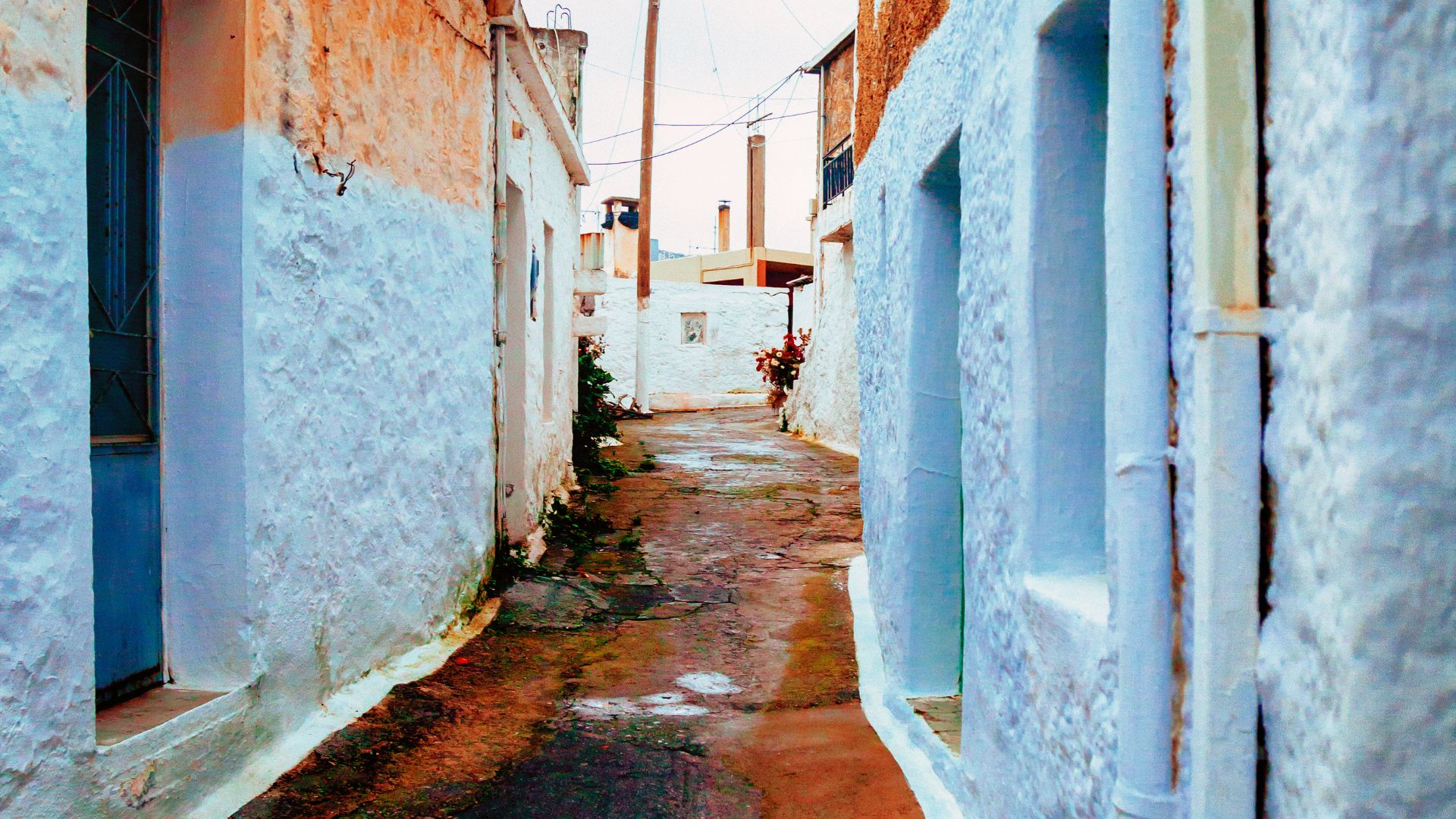
Local Legends and Mythology
Crete is a land of legends, and Anogeia has its share. The hills above the village hide the Cave of Zeus (Ideon Andron), where, legend says, Zeus grew up in secret.
Children here grow up with these stories. My guide pointed out ancient olive trees, rumored to be as old as the myths.
Folklore mixes with real history, adding magic to simple walks in the countryside. Local songs often mention mythical heroes and gods, keeping mythology alive in daily culture.
Over time, these stories helped Anogeia hold onto its identity, especially during hard times like the civil war or foreign rule. Here, myth and memory fuel the spirit of resistance.
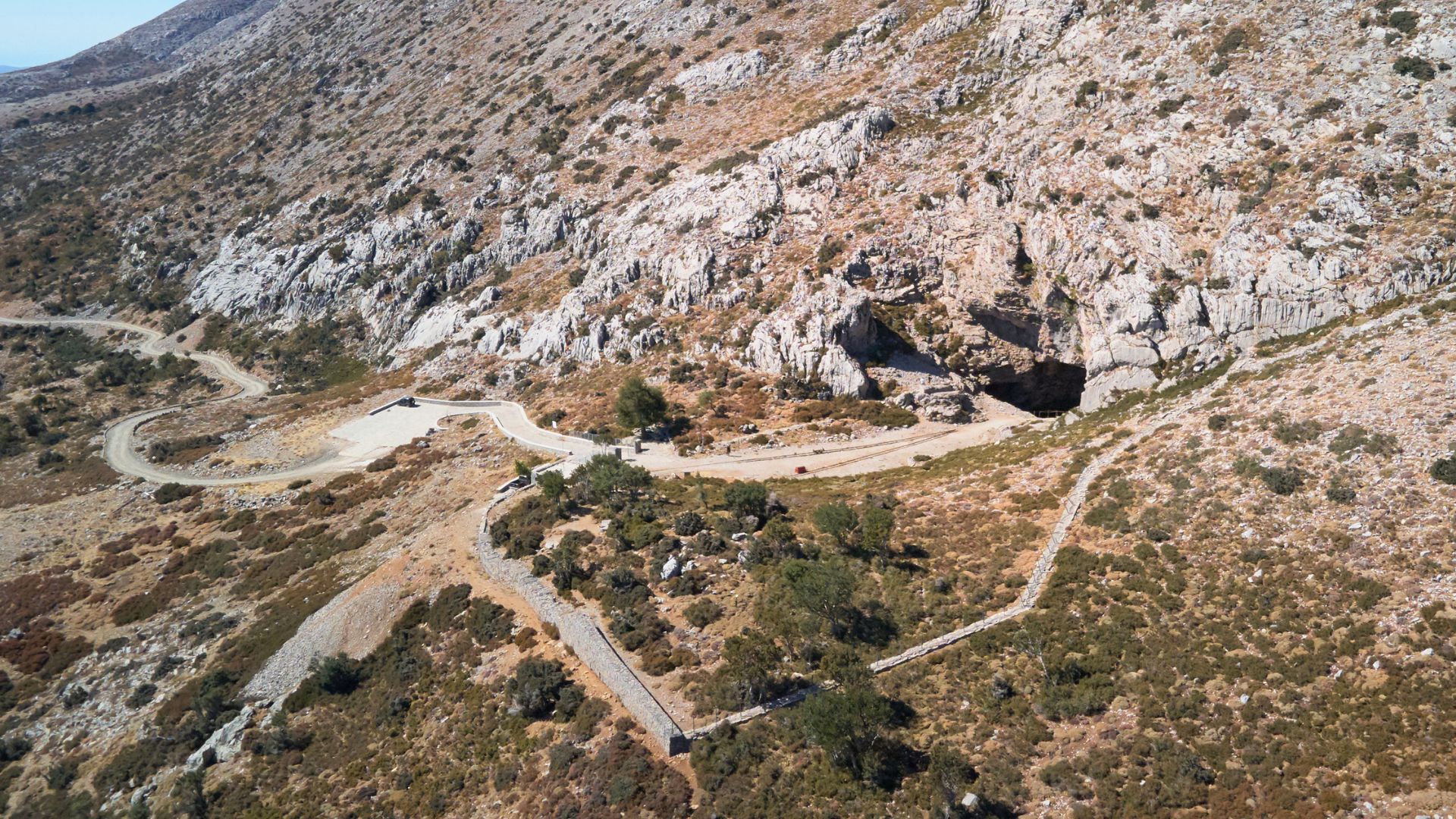
Moni Arkadiou and Other Landmarks
You can’t visit Anogeia without seeing Moni Arkadiou, a monastery just a short drive away. It played a huge role in the Cretan resistance against the Ottomans in the 19th century.
Hundreds of Cretans chose death over surrender here, making it a symbol of sacrifice and unity. In Anogeia, I found small museums filled with everything from traditional weaving to ancient relics.
The archaeological sites around the village tell stories of Minoan settlements from long before written history. I always suggest spending time in the local square and chatting with older residents.
Their stories connect the past to the present. You really feel the living heartbeat of Anogeia’s cultural heritage.
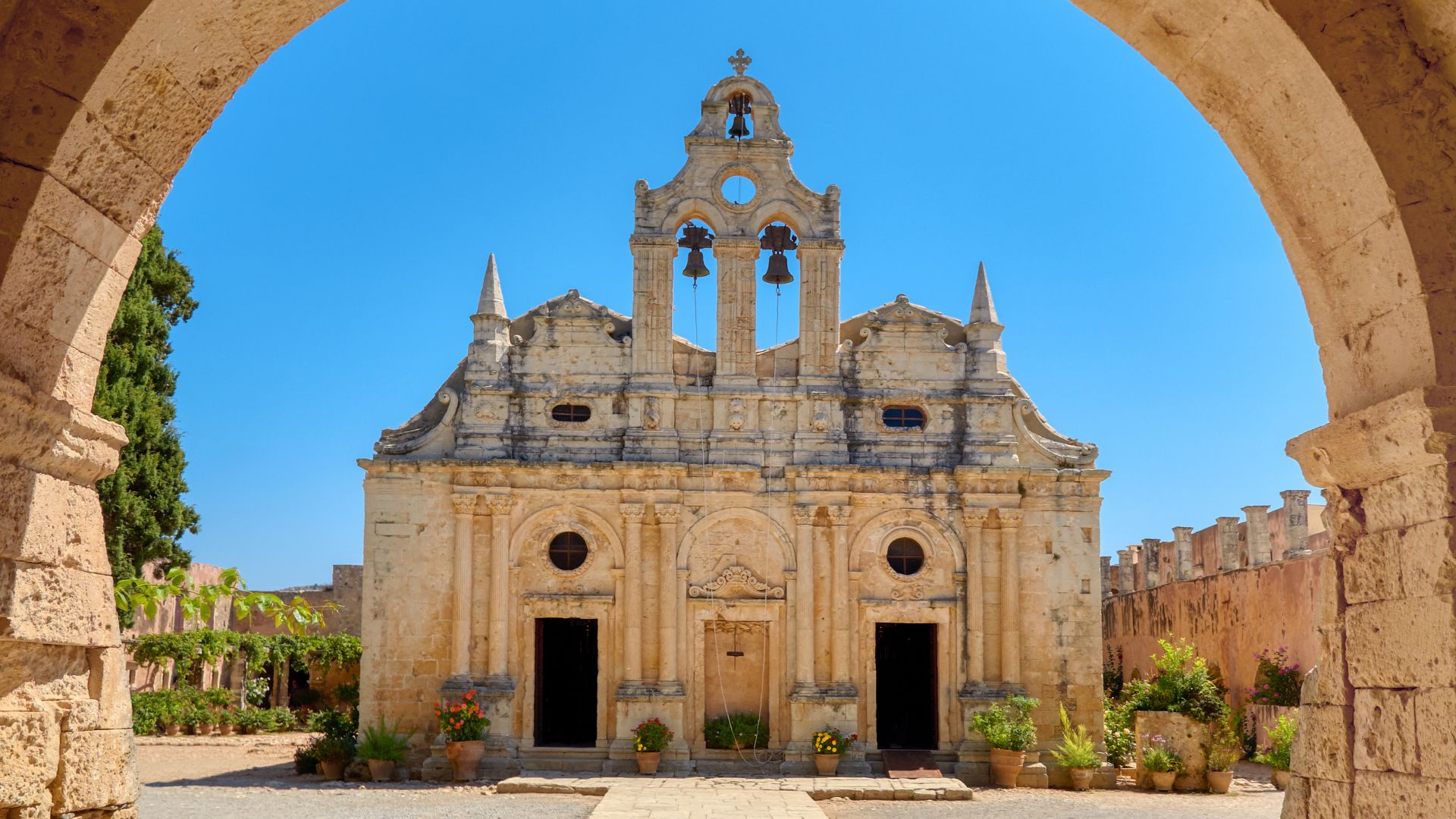
Music and Art: The Heartbeat of Anogeia
Music pulses through Anogeia’s squares and art pops up everywhere you look. This mountain community somehow balances old and new, mixing ancient sounds and modern talent.
It’s a place where echoes of famous writers and artists give the village a vibe you won’t find anywhere else.
Traditional Cretan Music and Dance
As I wandered the stone-paved alleys, I couldn’t escape the sounds of the lyra and laouto drifting from open doors. Anogeia is famous for its musicians, including legends like Psarantonis and Nikos Xylouris.
Locals gather at summer festivals, where Cretan folk music and dance bring everyone together. Dancers in bright costumes move with quick, precise steps, each telling a story from Crete’s past.
The music’s rhythms—sometimes joyful, sometimes full of longing—draw people in, whether you live here or you’re just passing through. I joined a circle dance, guided by welcoming hands.
If you visit, don’t miss a music night at a local taverna. Generations come together, teaching songs and dances handed down for centuries.
The authenticity of Anogeia’s music traditions is something you just have to experience for yourself.
Contemporary Art and Cretan Artists
Art in Anogeia isn’t stuck in the past. Modern sculptures and colorful murals jump out as you walk the streets.
Many artists here find inspiration in Crete’s wild landscapes and old legends, mixing them with bold, new styles in their workshops and galleries.
Some studios display handmade pottery and textiles, still using ancient techniques. Their patterns, though, are fresh—a conversation between tradition and creativity.
I spent an afternoon talking with artists about their process, watching the careful carving of a wooden icon. Festivals and cultural events bring painting exhibitions and modern Cretan plays.
These shows keep old traditions alive but invite new ideas, too. Every corner seemed to hold something beautiful, from woven baskets to dramatic street performances.
Nikos Kazantzakis and Literary Echoes
Anogeia’s artistic spirit stretches into literature with Nikos Kazantzakis. He wasn’t born here, but his work echoes across the region.
I noticed references to his famous novels—Zorba the Greek, The Odyssey: A Modern Sequel, and his retellings of Greek epics. Kazantzakis gave voice to Crete’s spirit, exploring the strength and struggles of its people.
In Anogeia, you might hear lines from his plays or novels recited at local events. Literary fans can find books and translated letters by Kazantzakis, published by Princeton University Press.
Murals honoring him catch the eye, and there’s even a small library corner focused on Hellenic studies. Anogeia’s love for writers adds another layer to its creative soul.
Encounters With Unforgettable Characters
Every visit to Anogeia is shaped by the people you meet—locals who guard traditions and musicians whose talents echo through the alleyways.
Their lives reveal the true heartbeat of Cretan society and the village’s enduring spirit.
Storykeepers and Tradition Bearers
I met Giorgos, an elder whose eyes seemed to hold centuries of memory. He spoke in a dialect rich with old Greek words, filling his stories with proverbs and humor.
We sat at the kafenio, surrounded by men in black shirts and women expertly crafting lace. Giorgos shared rituals that tie the village to its past, from Easter celebrations to name day feasts.
He described how filoxenia—Cretan hospitality—is more than kindness; it’s a code rooted in religion and local life.
Anogeia’s storykeepers use letters and postcards to stay in touch with family across Greece and even overseas. These handwritten exchanges keep tradition alive, linking generations.
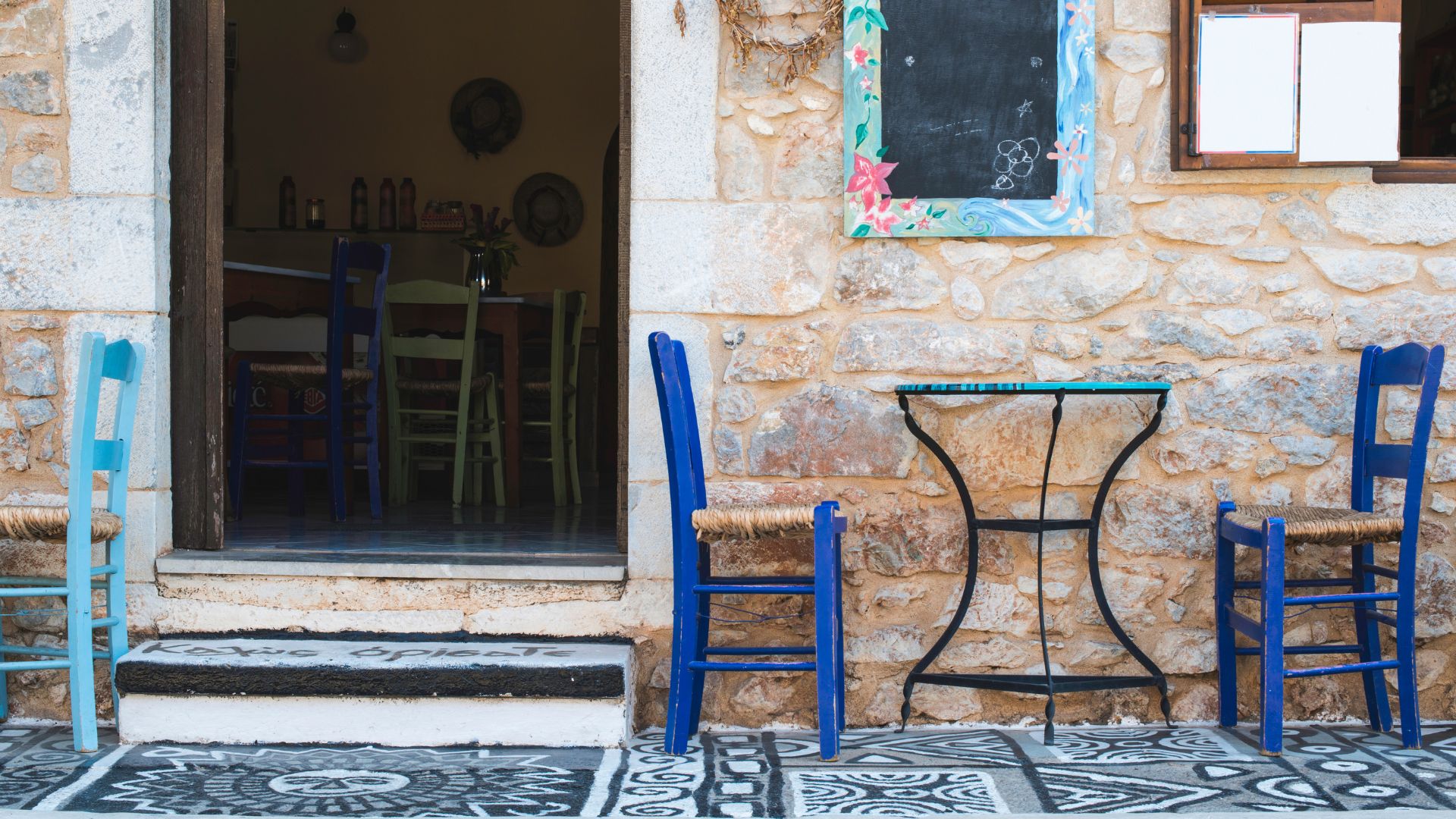
Generations of Musicians
Music fills Anogeia’s evenings. I got invited to a gathering in a stone courtyard, where three generations played the lyra and laouto.
The youngest, barely a teenager, learned tunes by ear while his grandfather led songs from memory. Musicians here aren’t just performers—they’re guardians of a shared language.
Many songs tell stories about love, resistance, and hope, rooted in the island’s wild history. Music connects Anogeia with modern Greece, as village artists travel and record, spreading their sounds far beyond the mountains.
Still, every performance here feels intimate—a celebration of identity, renewed every night.
Experiencing Anogeia: Travel Tips and Activities
From narrow mountain lanes and rustic guesthouses to local hikes and the taste of village cheese, Anogeia won me over bit by bit.
I found treasures in unexpected places. Traditions here feel like they’ve endured forever.
Accommodation and Hospitality
Staying in Anogeia felt completely different from other parts of Crete. Most lodging is family-run guesthouses—stone-built inns and small boutique hotels.
Hosts greeted me with rakomelo and stories about their village. My room had wooden beams, handmade textiles, and a balcony overlooking rolling hills.
You won’t find luxury resorts here, but the hospitality is genuine and personal. Many guesthouses serve homemade breakfasts with local honey, yogurt, and cheese.
Some even helped me set up private tours or village walks. If you’re coming in high season, book ahead—the town is small and places fill up.
Healthcare in Anogeia is basic. There’s a local clinic for minor needs, but for anything serious, you’ll need to go to Heraklion’s hospital.
I traveled with a basic first aid kit and made sure to have travel insurance.
Outdoor Activities and Tours
The mountains around Anogeia really bring together adventure and natural beauty. I hiked the trails on Mount Psiloritis, rolling out of bed at sunrise just to dodge the midday heat.
The paths wind clearly through the hills, and sometimes the views stretch all the way to the sea. You can also hop on a horse or grab a mountain bike—local guides rent out gear and lead tours.
Sfedoni Cave left a strong impression on me. Guided tours take you deep into these cool, shadowy caverns, with wild rock formations everywhere.
If you’re curious about village life, you can join a walking tour. Local guides love sharing stories, music, and the wild history of Anogeia.
If you’re into photography or wildlife, keep your camera close. Wild goats wander around, and you’ll find all sorts of unique flowers along the quieter mountain trails.

Shopping, Food, and Local Products
Every corner of Anogeia buzzes with artisans and food makers doing their thing. I ducked into tiny workshops selling woven rugs, hand embroidery, and leather goods.
It’s not hard to spot real Cretan crafts here. Honestly, chatting with the makers became one of my favorite parts of the trip.
The food in Anogeia feels hearty and homemade—thick lamb, wild greens, and cheese made right in the village. I kept ordering myzithra and graviera every time I saw them on a menu.
You shouldn’t leave without tasting the local honey or picking up dried herbs at the weekly market. For shopping, definitely bring cash.
Most shops don’t take credit cards, and they usually close for a midday break.
Getting Around and Transportation
Getting to Anogeia takes some patience. The mountain roads twist and turn, and you’ll probably share the way with a few goats. I drove a small rental car from Heraklion, following the signs as the foothills rose up around me. Eventually, the stone houses of Anogeia came into view.
Once you’re in the village, you can walk everywhere. The paths climb uphill, and the cobblestones aren’t exactly forgiving, so sturdy shoes are a good idea. You might spot a taxi or two, but no big bus routes head this far into the mountains.
If you want to see nearby caves or villages, local drivers offer guided tours. I found these made exploring a lot simpler.
I realized traveling during the day felt safer—and honestly, the views were much better. Before I left, I checked when museums and health services were open, since village schedules can be a bit unpredictable.
| Tip | Details |
|---|---|
| Fuel up in Heraklion | No large gas stations in Anogeia |
| Bring local cash | Many shops/tavernas only accept cash |
| Check road conditions | Mountain roads can change after rain; ask locals for advice |

